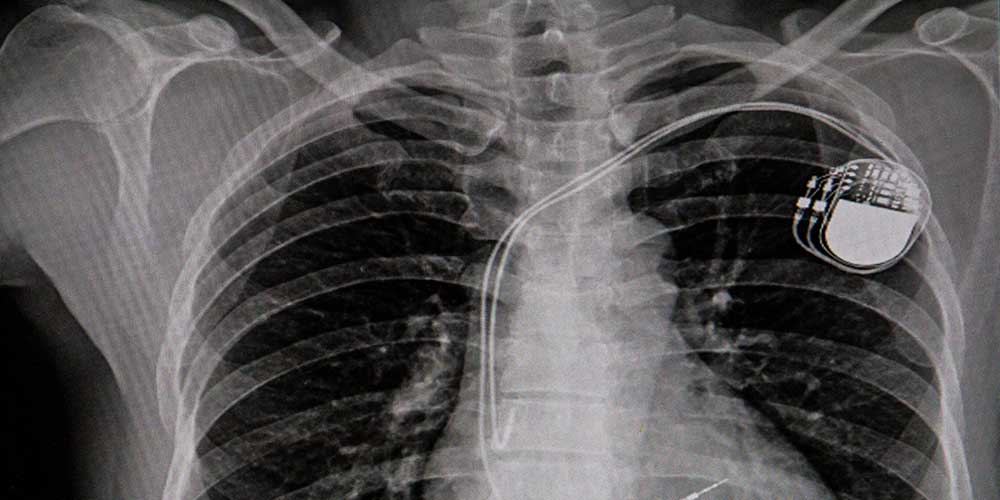
Documentation
Magnaflux provides general safety instructions in the operation manual of all equipment. Instructions should be read carefully before operating or servicing of the machine, not only for the longevity of the equipment, but also for the safety of the operators. This guidance is focused towards Magnetic Particle Inspection (MPI) equipment.
Based upon the most recent edition (2018) of The Threshold Limit Values (TLV’s) and Biological Exposure Indices (BEI’s) published by the American Council of Government of Industrial Hygienists (www.acgih.org), Magnaflux has updated its guidance for cardiac pacemaker’s wearers (or similar medical devices) to read as follows:
“According to the American Conference of Governmental Industrial Hygienists (ACGIH) recommendations, inspectors with cardiac pacemakers or similar medical devices should avoid exposure to magnetic fields over 1.0 gauss. There are a variety of cardiac pacemakers with different susceptibilities to magnetic fields. Wearers should discuss pacemaker limitations with their physicians and learn more exactly what they should avoid, and whether they should be exposed to magnetic fields before operating this equipment.”
Due to the wide variety of Magnetic Particle Equipment that Magnaflux produces, each facility will have to perform a risk assessment to determine the exact distance from the Magnetic Particle Equipment that the magnetic field decreases below the 1.0 gauss threshold. This can be accomplished using either a calibrated Field Indicator or calibrated Digital Gauss Meter (Hall Effect Probe) both available from Maganflux.
Accessories

The Magnaflux Magnetic Field Indicators, also known as gauss meters or magnetometers, are used to check residual magnetism after magnetic particle testing but can also be used to determine the magnetic field in areas around equipment. They read the amount of magnetism left in a part when the indicator arrow is placed against a magnetized part. The field indicators are available in general purpose calibrated models and can be re-calibrated through Magnaflux Authorized Service Centers.
The Digital Hall Effect Meter portable gauss-meter measures the strength of AC alternating-current and DC direct-current magnetic fields. The hand-held digital gaussmeter features an easy-to-read LCD screen and simple push button operation. Each Digital Hall Effect Meter comes with a traverse probe, a zero-gauss chamber, batteries, operating manual and case. Full 7-point traceable calibration is included with each meter.
Conclusion
Remember that magnetic particle equipment and working conditions vary therefore operators with cardiac pacemakers must discuss pacemaker limitations with their physicians and learn more about exactly what they should avoid, and whether they should be exposed to magnetic fields before operating magnetic particle equipment.
Published June 26, 2018